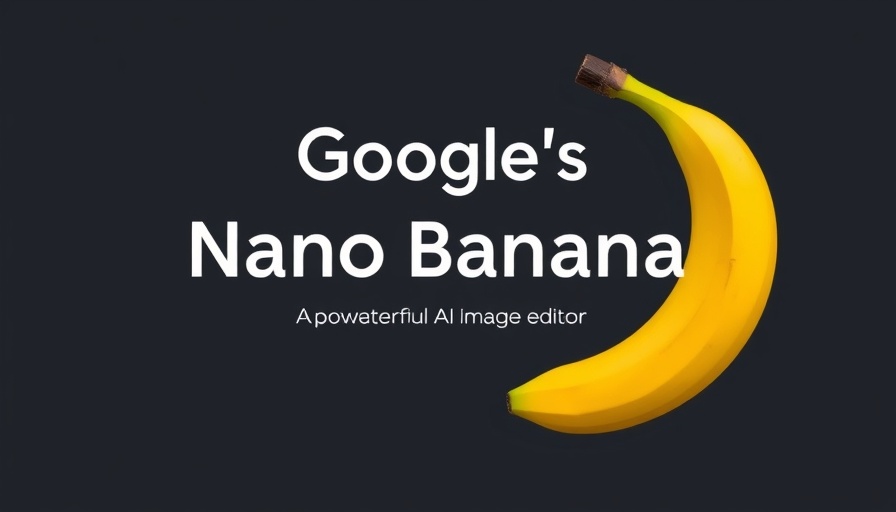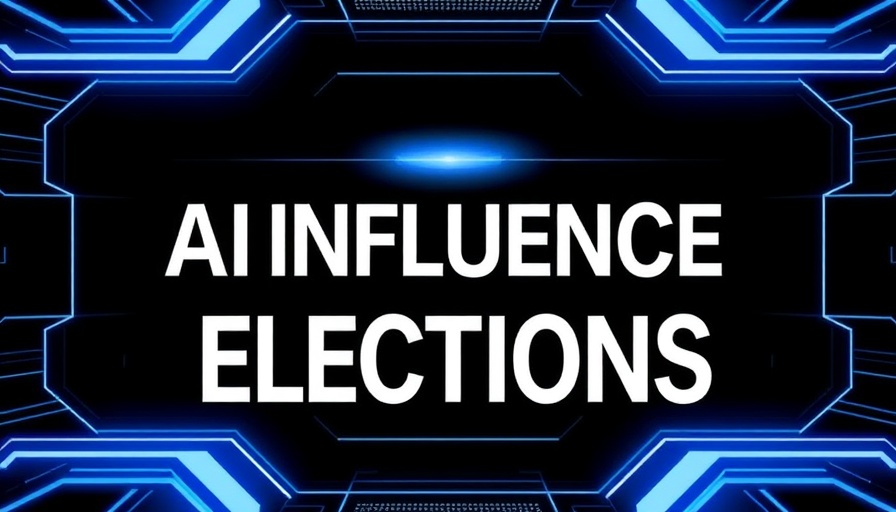
AI Codecon: A Look into the Future of Software Development
The anticipation for the upcoming O'Reilly AI Codecon on September 9 promises to be a significant event in the tech calendar. As interest surrounding artificial intelligence (AI) evolves, the focus is shifting from theoretical discussions to practical applications. This year’s theme, Coding for the Agentic World, encourages developers and businesses alike to explore and implement AI solutions that meet real-world challenges.
The Evolution of AI from Hype to Reality
For years, the conversation around AI has been dominated by the potential for artificial general intelligence (AGI) and transformative innovations presented by large AI labs. However, this narrative is changing. Instead of fixating on grandiose claims, the industry is now embracing the idea that AI will follow a path similar to past technological revolutions—like electricity and the internet. This gradual evolution is at the heart of AI Codecon, which promises to guide developers through the complex landscape of AI.
The Role of Developers in AI Adoption
One significant takeaway from the event is the recognition of software developers' roles in the AI ecosystem. Contrary to fears that AI might render developers obsolete, the reality is that these professionals are invaluable in harnessing AI's potential. By engaging in 'learning by doing,' developers within startups and entrenched enterprises alike are pioneering innovative workflows that leverage AI—ensuring they remain essential players in tech advancements.
Real Business Needs Driving AI Innovation
The effectiveness of AI stems from its ability to address tangible business needs. Many businesses are now adopting AI-driven solutions that can enhance productivity and efficiency. AI Codecon aims to bridge the gap between excitement over new tools and practical implementation, cutting through the hype to identify what truly works. The event will facilitate conversations around the shift from traditional human-centric workflows to more efficient, agent-centric processes, setting the stage for a revolution in how work is done.
Looking Ahead: Engagement and Collaboration
Perhaps the most promising aspect of AI development is the emerging “architecture of participation.” By fostering collaboration among innovators and stakeholders, AI can catalyze transformative change across industries. The AI Codecon aims to invite thought leaders to engage in discussions that spark creativity and collaboration, ensuring that this technological evolution benefits all participants.
In conclusion, the upcoming AI Codecon is more than just an event; it’s a foothold into the future of software development, where AI meets genuine business challenges. Those looking to stay ahead in the rapidly evolving tech landscape should tune in, as this gathering is expected to illuminate key developments and insights.
 Add Row
Add Row  Add Element
Add Element 



Write A Comment